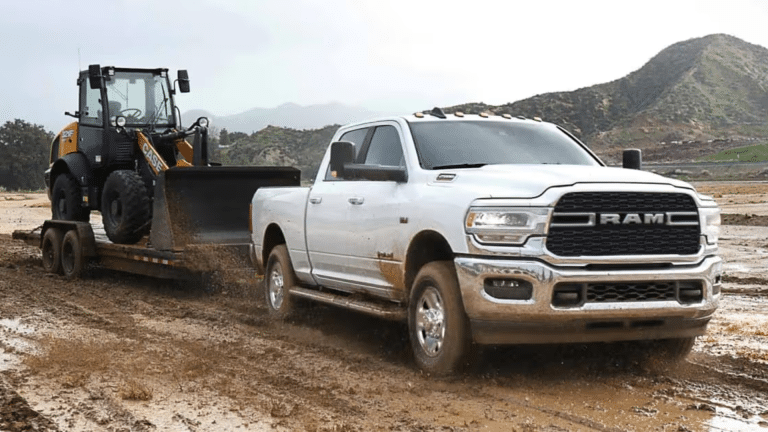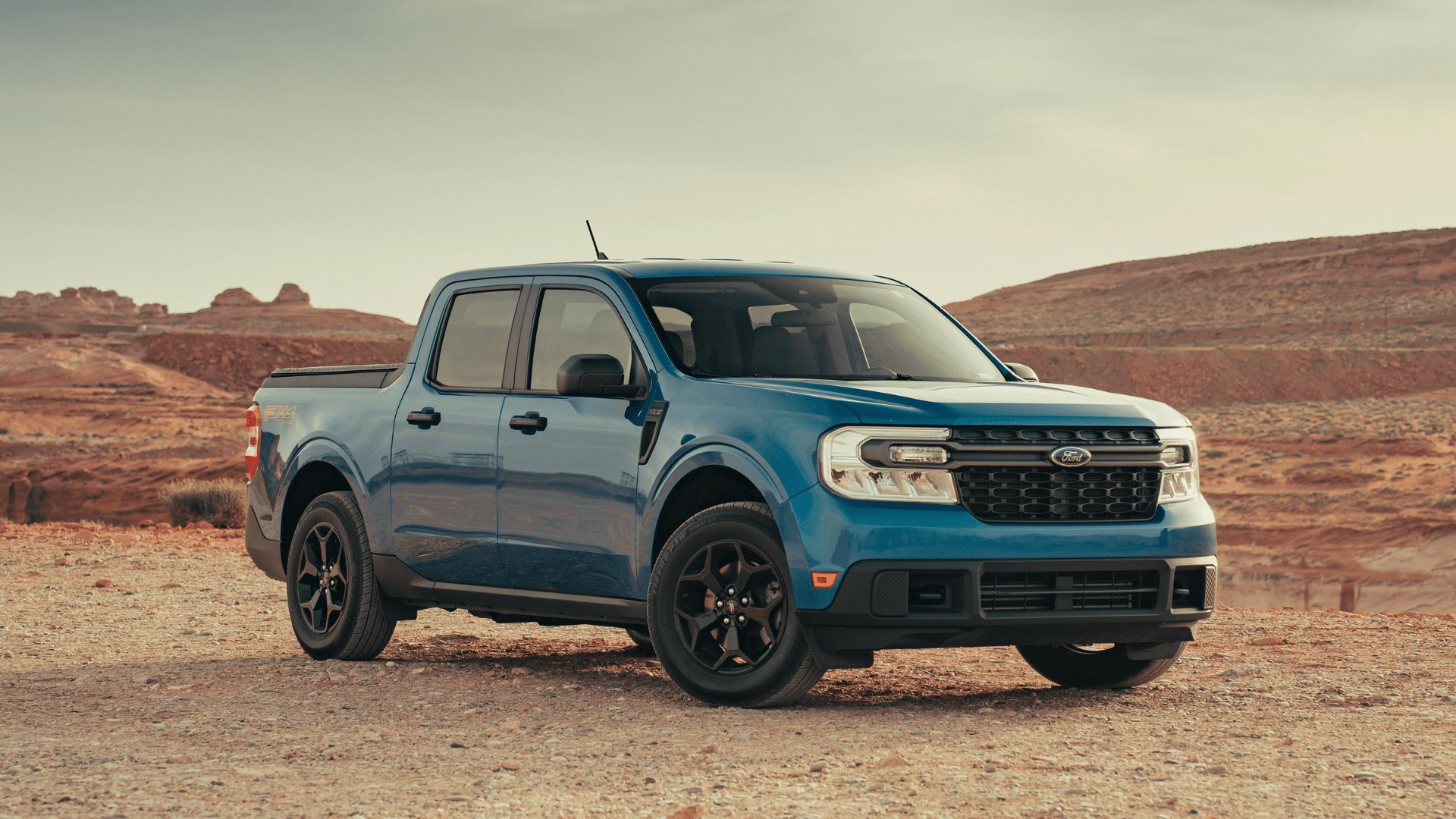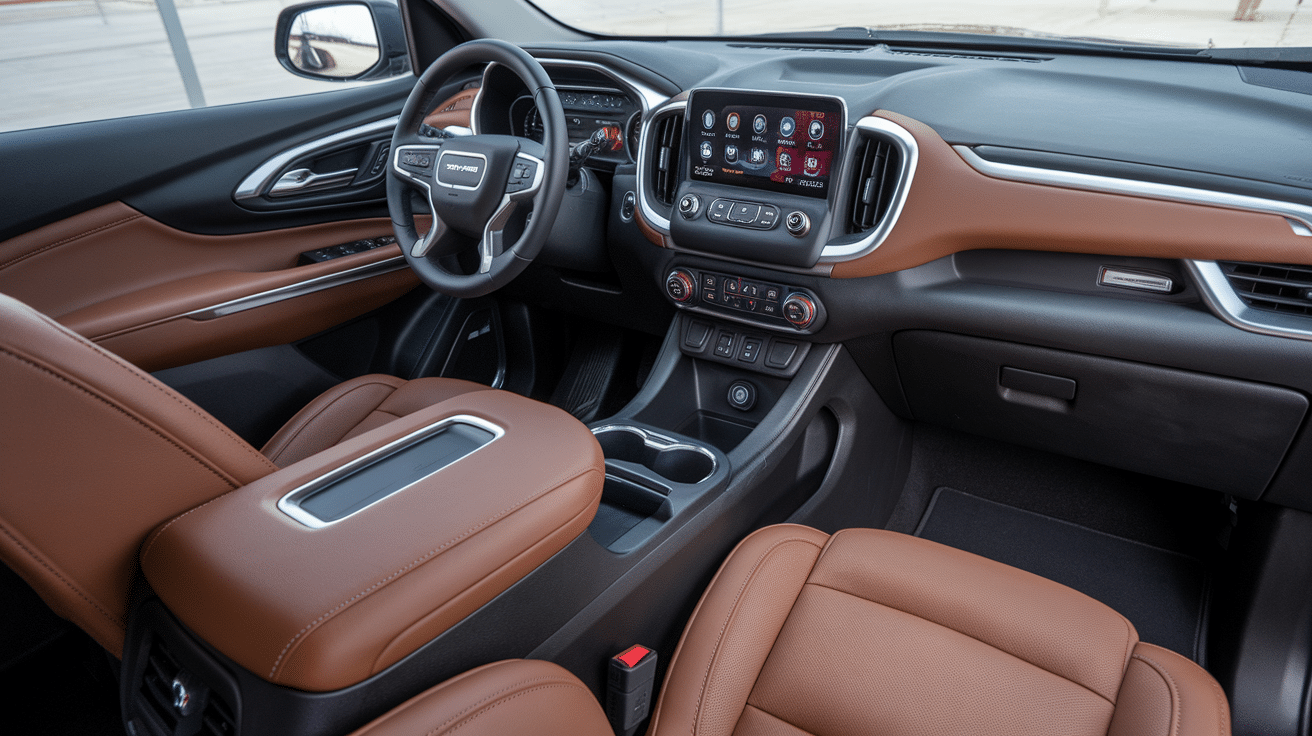If you’re looking to tow with a RAM 2500, you need to know what it can handle. That’s where a towing capacity chart comes in.
It gives you the numbers for each engine, cab size, bed length, and drivetrain. I’ve seen how confusing all those options can get.
So, I made this simple guide to help you understand it all without the extra fluff.
The RAM 2500 is a powerful truck, but how much it tows depends on how it’s set up.
Some models can pull small trailers. Others are built for heavy-duty loads. It’s all in the details, and that’s what this chart shows.
I’ll walk you through everything step by step. By the end, you’ll know exactly what your RAM 2500 is built to tow. Let’s get started!
Understanding Towing Capacity
Towing capacity is the maximum weight your truck can safely pull. It’s not just about engine power; your frame, transmission, and cooling system all matter.
Even a strong engine won’t help if other parts can’t handle the load.
Key numbers like GVWR and GCWR tell you your safe limits. GVWR is your truck’s max weight alone. GCWR includes both your vehicle and trailer.
These limits are set for safety, not suggestions. Overloading can damage your truck, cause accidents, and may void insurance coverage.
Always stay within your truck’s rated capacity to tow safely and avoid costly mistakes.
What Affects RAM 2500’s Towing Capacity?
Several factors work together to determine how much your RAM 2500 can tow. It’s not just about power, it’s also about setup. Here’s a simple breakdown of what really makes a difference:
- Engine Type: Diesel engines usually tow more than gas engines due to higher torque.
- Cab Style: Regular cabs are lighter and often have higher towing limits than crew or mega cabs.
- Bed Length: In some cases, shorter beds allow for slightly more towing capacity.
- Axle Ratio: Higher ratios like 3.73 or 4.10 give better pulling power; lower ratios help with fuel economy.
- Transmission Type: Manual transmissions can tow slightly more, but most drivers prefer automatics for smoother operation.
All these factors combine to set your true towing capability.
RAM 2500 Towing Capacity Chart by Engine Type
Each engine offers its mix of power, torque, and efficiency, so knowing the difference can help you pick the right setup for your needs. Here’s how they compare in the real world.
1. 6.4L HEMI
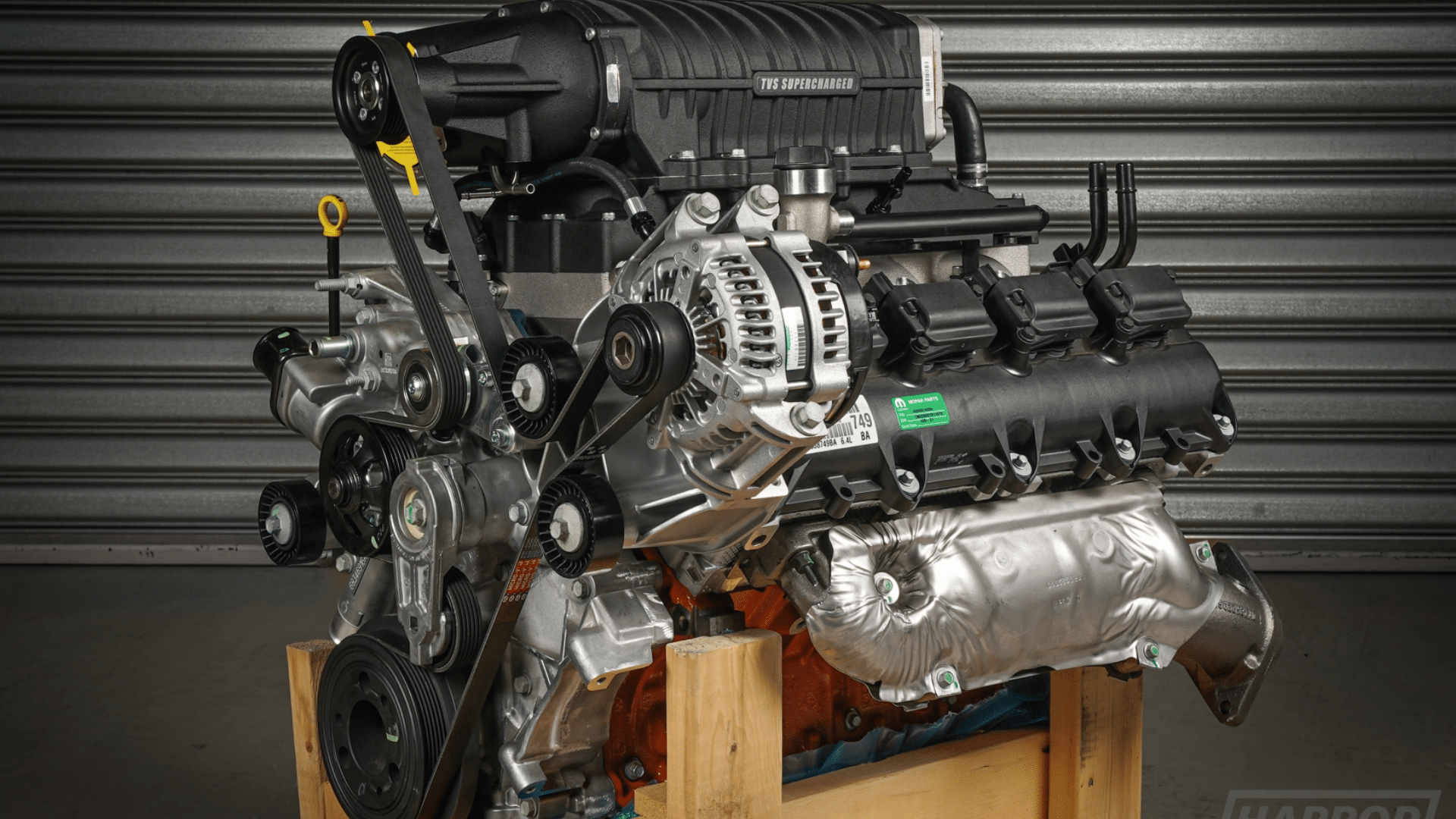
The 6.4L HEMI V8 is the gas-powered workhorse of the RAM 2500 lineup. It’s a solid choice for drivers who need strong towing performance without stepping into diesel territory.
With plenty of horsepower and torque, it handles heavy loads confidently and keeps maintenance and cost simple.
| Specification | 6.4L HEMI V8 |
|---|---|
| Maximum Towing Capacity | Up to 17,540 lbs (when properly equipped) |
| Horsepower | 410 hp |
| Torque | 429 lb-ft |
| Fuel Type | Gasoline |
| Estimated Towing MPG | 8–10 mpg |
| Strengths | Lower cost, easy maintenance, strong performance |
The HEMI delivers everything you need for most travel trailers, boats, and heavy gear. It’s a dependable engine that offers V8 power without the complexity or cost of diesel.
2. 6.7L Cummins Turbo Diesel I6 Engine
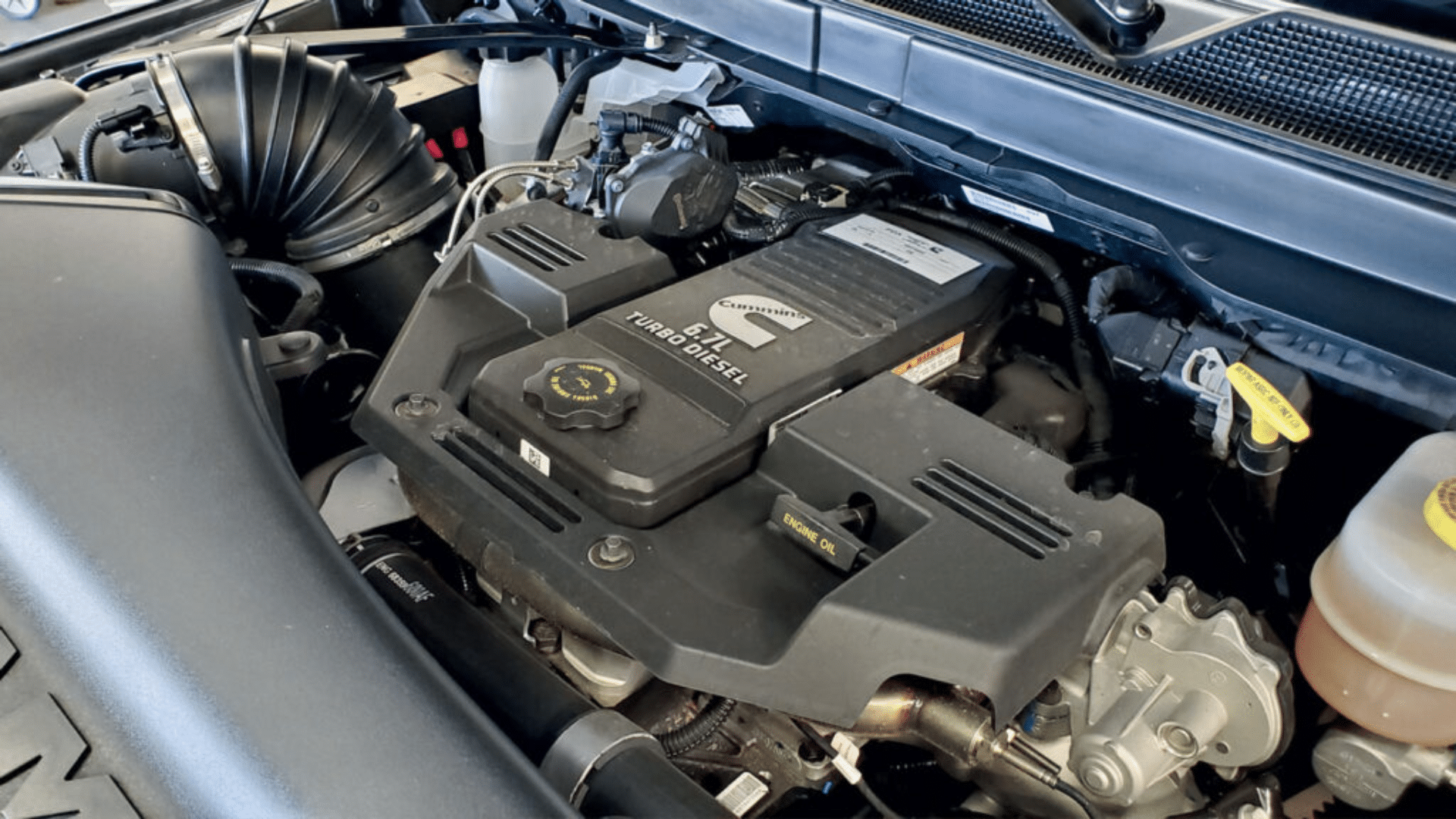
The 6.7L Cummins Turbo Diesel is the go-to choice for serious towing jobs. Known for its strength and long-term durability, this engine is built to handle the heaviest loads with ease.
If you’re towing large trailers or heavy equipment often, this is the setup made for the job.
| Specification | 6.7L Cummins Turbo Diesel |
|---|---|
| Maximum Towing Capacity | Up to 20,000 lbs (when properly equipped) |
| Horsepower | 370 hp |
| Torque | 850 lb-ft |
| Fuel Type | Diesel |
| Estimated Towing MPG | 12–15 mpg |
| Strengths | Massive torque, better fuel economy, best for heavy loads |
For drivers who tow regularly or handle serious jobs, the Cummins diesel offers unmatched power, pulling ability, and long-term value. It’s the engine built for the toughest tasks.
RAM 2500 Towing Capacity Chart by Configuration
Your RAM 2500’s towing ability isn’t just about the engine; it also depends heavily on how the truck is set up.
From cab style to drive type, each piece plays a part in what you can safely haul. Here’s a breakdown of how different configurations affect your towing capacity:
| Configuration | Effect on Towing |
|---|---|
| Regular Cab | Highest towing capacity, lighter weight, and built for work |
| Crew Cab | More interior space, but slightly lower towing limits due to added weight |
| 2WD | Typically allows more towing capacity than 4WD due to reduced drivetrain weight |
| 4WD | Slightly lower towing, but offers better traction in tough conditions |
| Automatic Transmission | Standard and easier for towing; smooth gear shifts help maintain control |
| Manual Transmission | Rare, but can offer slightly higher capacity; requires more driver skill |
| Payload Impact | The more weight in the truck, the less you can tow—payload counts toward your limit |
Understanding these details helps you choose the right setup and stay within your truck’s safe towing range.
RAM 2500 vs Competitors
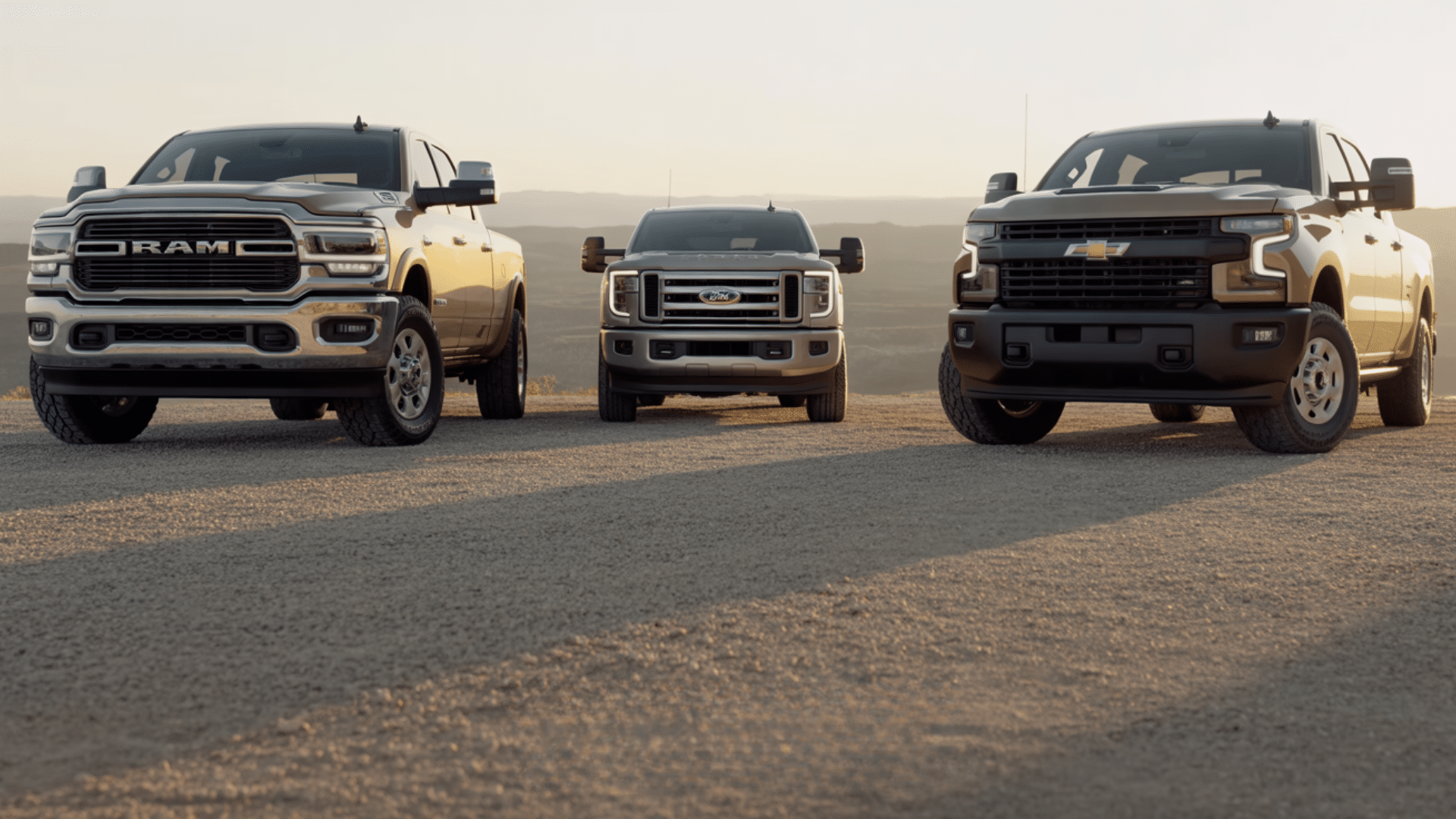
Let’s compare the RAM 2500 to its main rivals. The following is the honest comparison you need.
1. Towing Limits
When it comes to maximum towing, the RAM 2500 with the Cummins diesel is at the top with a limit of 20,000 pounds when properly equipped.
The Ford F-250 matches closely, also reaching around 20,000 pounds depending on the setup.
The Chevy Silverado 2500HD comes in slightly lower with a max towing capacity of about 18,500 pounds.
| Truck Model | Max Towing Capacity |
|---|---|
| RAM 2500 (Cummins Diesel) | Up to 20,000 lbs |
| Ford F-250 | Up to 20,000 kg (varies) |
| Chevy Silverado 2500HD | Up to 18,500 lbs |
All three trucks offer strong towing capabilities, but exact numbers depend on the engine, axle ratio, cab style, and other factors.
Your specific needs and setup will help you decide which is best.
2. Capabilities
Each truck has its strengths. RAM offers great towing stability and ride comfort, thanks to its coil spring rear suspension.
Ford uses leaf springs, better for heavy loads, but they ride rougher.
Chevy’s Duramax diesel leads in horsepower, giving strong highway performance. RAM’s Cummins diesel delivers the most torque, which helps most when towing.
| Truck | Suspension Type | Horsepower (Diesel) | Torque (Diesel) |
|---|---|---|---|
| RAM 2500 | Coil Springs | ~370 hp | 850 lb-ft |
| Ford F-250 | Leaf Springs | ~475 hp | ~1,050 lb-ft |
| Chevy 2500HD | Leaf Springs | ~470 hp | ~975 lb-ft |
RAM focuses on smooth towing. Chevy brings power. Ford delivers all-around strength.
3. Feature-rich Trims and Towing Technology
Towing with the RAM 2500 isn’t just about raw power; it’s also about smart technology.
If you’re hitching up alone or navigating steep roads, the built-in tech has your back.
| Feature | What It Does |
|---|---|
| Trailer Sway Control | Detects and reduces trailer swaying using selective braking |
| Integrated Brake Controller | Syncs your trailer’s brakes with the truck for smooth stops |
| Trailer Backup Camera View | Shows a clear view of the trailer hitch for easier connection |
| Hill Start Assist | Holds the car in place on inclines until you press the gas |
| Tire Pressure Monitoring (for trailer) | Alerts you to low pressure in trailer tires for added safety |
These features give RAM 2500 drivers added confidence when towing, no matter the experience level. It’s more than just muscle; it’s smart, secure towing made simple.
Additional Towing Features and Capabilities
Your RAM 2500 includes several features that make towing safer and easier. These aren’t just marketing gimmicks. They actually help in real-world towing situations.
- Built-in trailer brake controller
- On-the-fly brake gain adjustment
- Tow/haul mode for optimized shifting
- Extended gear holding for engine braking
- Rearview camera with trailer hitch view
- Available multi-angle camera system
- Integrated trailer wiring harness
- Plug-and-play trailer connection setup
Conclusion
The RAM 2500 offers strong towing power with both gas and diesel options.
The Cummins diesel is best for maximum towing, while the HEMI gas engine offers solid performance at a lower cost with easier maintenance.
Before you choose, consider your trailer weight, road conditions, and the amount of gear or passengers you’ll be carrying. Also consider fuel costs and maintenance needs.
Use the RAM towing chart to match your setup and stay within safe limits; overloading can damage your truck or lead to accidents.
Have you experienced the RAM 2500? Share your tips in the comments to help others make wise towing choices.
Frequently Asked Questions
Does 4WD Reduce Towing Capacity on RAM 2500?
Yes, 4WD typically lowers towing capacity by 200–500 pounds due to added weight from the transfer case and front axle components.
What Axle Ratio Is Best for Towing with RAM 2500?
The 4.10 axle ratio gives the best towing power, especially for heavy loads. The 3.73 ratio balances decent towing ability with better fuel economy.
Can RAM 2500 Tow a Fifth Wheel Trailer?
Yes, the RAM 2500 can tow most fifth-wheel trailers. The diesel-powered models, especially with proper setup, are ideal for heavier fifth-wheel applications.


